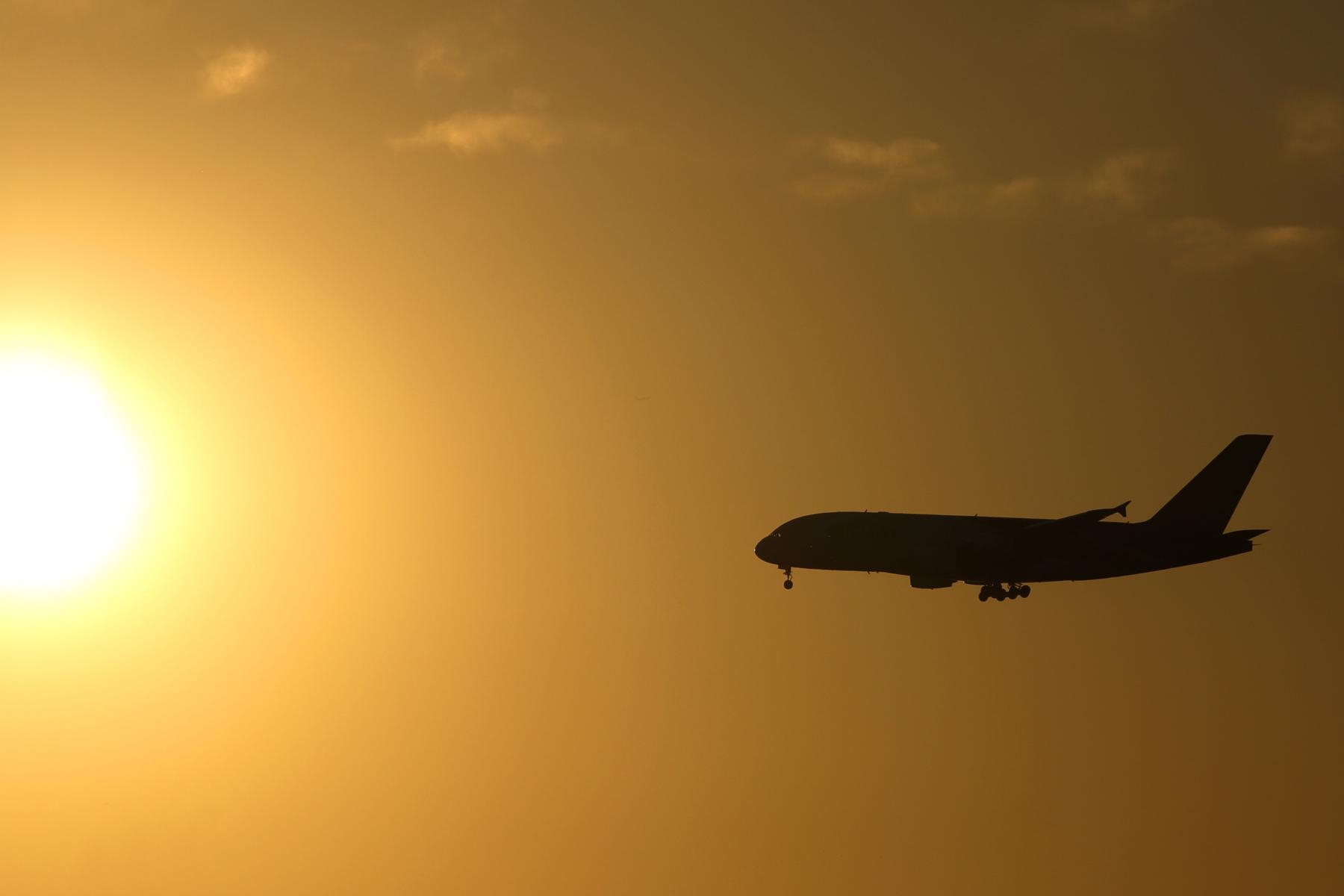
Credit: Rob Finlayson
Retirements of mainline commercial air transport continue to lag as airlines keep older, cheap airframes on hand while wobbly trends such as traffic recovery and new aircraft delivery schedules stabilize, Aviation Week Network’s Fleet Discovery data suggests. Commercial transport retirements totaled...
Subscription Required
This content requires a subscription to one of the Aviation Week Intelligence Network (AWIN) bundles.
Schedule a demo today to find out how you can access this content and similar content related to your area of the global aviation industry.
Already an AWIN subscriber? Login
Did you know? Aviation Week has won top honors multiple times in the Jesse H. Neal National Business Journalism Awards, the business-to-business media equivalent of the Pulitzer Prizes.

